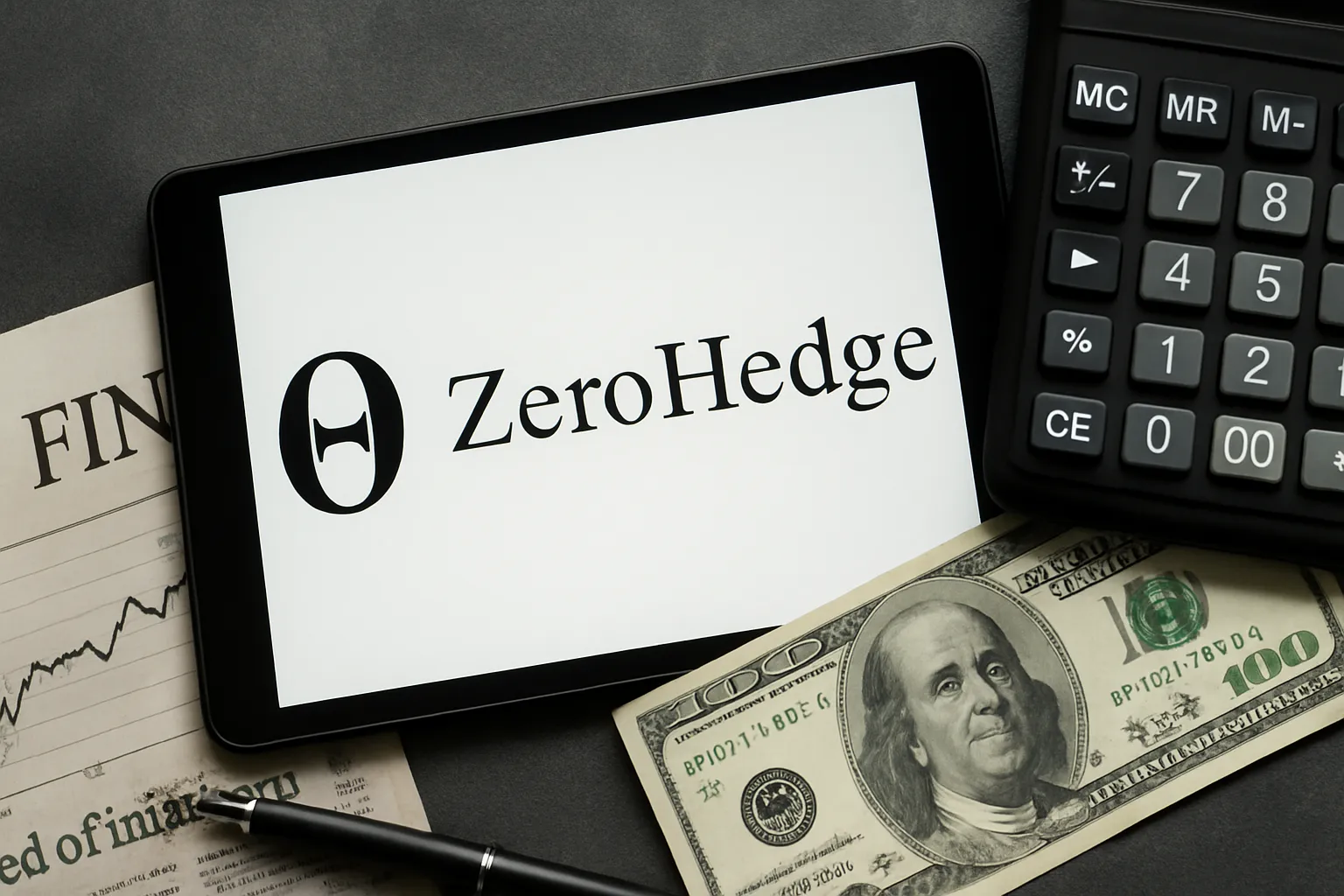Understanding the Importance of Currency Conversion
45.6 billion won to USD Currency conversion plays an important role in the global economy, allowing individuals, companies, and governments to translate values from one currency into another for trade, investment, or financial reporting. When discussing an amount as large as 45.6 billion South Korean won, understanding its equivalent in US dollars provides a clearer perspective for those operating in a dollar-dominated financial environment. The US dollar, being the world’s most widely used reserve currency, serves as a benchmark for international value comparisons. Whether for foreign investment, import and export transactions, or even cultural events such as global sports sponsorships, the conversion between Korean won and US dollars helps establish a shared understanding of scale and impact.
A Brief Overview of the South Korean Won
The South Korean won, denoted by the symbol ₩ and the code KRW, is the official currency of South Korea. It has a history shaped by the nation’s economic growth, industrial expansion, and changing trade relationships. Managed by the Bank of Korea, the won operates in a floating exchange rate system, meaning its value is determined by the market forces of supply and demand in the foreign exchange market. Over the decades, the won has experienced fluctuations driven by global financial crises, domestic economic reforms, and international trade patterns. The value of the won compared to the US dollar is often used as an indicator of South Korea’s economic health and competitiveness in global markets.
The US Dollar as a Global Benchmark
The United States dollar, represented by the symbol $ and the code USD, has long been considered the world’s dominant currency. It is the primary medium for global trade settlements, foreign exchange reserves, and international investments. The dollar’s stability and liquidity make it the preferred choice for valuing large sums across borders. This is why when we talk about 45.6 billion won to USD converting it into US dollars provides a figure that is more universally understandable, especially for those who may not be familiar with the value of the Korean won in everyday life.
How Exchange Rates Influence Conversion
The process of converting 45.6 billion won to US dollars depends on the prevailing exchange rate at the time of calculation. Exchange rates can change frequently, sometimes within seconds, due to market dynamics. These fluctuations are influenced by a variety of factors, including interest rate policies set by central banks, trade balances, inflation rates, political stability, and investor confidence. For example, if the won strengthens against the dollar, the converted USD amount will be higher for the same nominal amount of won. Conversely, if the won weakens, the USD equivalent decreases. This makes timing an important consideration for anyone involved in large currency conversions.
Calculating the Value of 45.6 Billion Won in USD
To understand the actual value, one would take the current KRW to USD exchange rate and multiply it by the amount in won. If the exchange rate were, for instance, 1 USD = 1,300 KRW, then 45.6 billion KRW would be equivalent to approximately 35.08 million USD. However, if the rate changes to 1 USD = 1,200 KRW, the value in US dollars rises to about 38 million USD. This variation underscores the importance of checking up-to-date exchange rates before finalizing financial decisions, especially with sums as large as billions of won.
Real-World Situations Involving Large Currency Conversions
Amounts like 45.6 billion won are not common in everyday consumer transactions. Instead, they are usually seen in large-scale corporate deals, government budgets, real estate investments, or international trade agreements. A South Korean company importing industrial equipment from the United States might have to pay in USD, requiring a substantial conversion from won. Similarly, when a South Korean entertainment firm invests in Hollywood productions or global sports sponsorships, the transactions are often denominated in dollars. Converting large amounts efficiently while minimizing exchange rate losses is a key goal for financial managers and corporate treasurers.
Economic Factors Affecting KRW to USD Trends
Several macroeconomic factors influence the KRW to USD exchange rate over time. South Korea’s export-driven economy is sensitive to changes in global demand for its products, such as electronics, automobiles, and shipbuilding. A surge in exports can strengthen the won as more foreign buyers purchase Korean goods, increasing demand for KRW. Conversely, economic slowdowns or trade tensions can weaken the currency. Interest rate decisions by the Bank of Korea and the US Federal Reserve also have a major impact. Higher interest rates in South Korea relative to the United States can attract foreign investors seeking better returns, boosting the won’s value. On the other hand, higher US interest rates may strengthen the dollar and reduce the KRW’s relative value.
The Role of Currency Markets
The foreign exchange market, often referred to as Forex, is where currencies like the KRW and USD are traded. This decentralized, over-the-counter market is the largest financial market in the world, with daily transactions worth trillions of dollars. Traders, banks, corporations, and governments all participate in the market to meet their currency needs or to speculate on future price movements. Large institutional trades involving billions of won are not unusual, and these can cause short-term shifts in the exchange rate. In the case of 45.6 billion won, a single large conversion can influence market supply and demand, particularly in less liquid moments.
Implications for Businesses and Investors
For businesses, understanding the conversion of large sums like 45.6 billion won to USD is more than a simple calculation—it is a financial decision with potential consequences. Exchange rate changes can impact profit margins, contract values, and investment returns. Companies often use hedging strategies, such as forward contracts or currency options, to lock in favorable exchange rates and reduce uncertainty. Investors looking to diversify internationally also monitor exchange rates closely, as currency fluctuations can either enhance or erode the value of their overseas investments.
Impact on Individuals and the Global Audience
While the average person may never personally handle 45.6 billion won, the concept of converting such an amount into USD can be intriguing. It offers a way to grasp the scale of economic activities in South Korea and how they relate to the global financial system. For instance, when news headlines mention that a major Korean technology company invested billions of won in US research and development, readers in the United States may only appreciate the scale once it’s presented in dollars. This kind of conversion bridges the gap between local and international perspectives.
Historical Trends in KRW to USD Exchange Rates
Looking at the historical performance of the KRW against the USD provides context for the present conversion rate. In the late 20th century, the won experienced periods of significant weakness, particularly during the 1997 Asian financial crisis, when it sharply devalued against the dollar. In the years since, South Korea’s economy has grown stronger, leading to periods of relative currency stability. However, global events such as the 2008 financial crisis and the COVID-19 pandemic have continued to create volatility. Understanding these patterns can help predict how much 45.6 billion won to USD might be worth in USD under different economic scenarios.
Psychological Perception of Large Figures
From a psychological standpoint, numbers like 45.6 billion won to USD can be hard to visualize. Converting them into a more familiar currency like USD can make the figure feel more concrete. For example, 35 to 38 million US dollars is easier for many to contextualize, especially when comparing it to the value of major purchases like real estate developments, sports team acquisitions, or international business expansions. This conversion not only serves a practical financial purpose but also makes large sums more relatable in everyday discussion.
Currency Conversion in the Digital Era
Today’s technology makes converting large amounts like 45.6 billion won to USD faster and more accurate than ever. Online currency converters, mobile banking apps, and real-time financial data feeds ensure that individuals and companies have instant access to up-to-date exchange rates. This level of accessibility has transformed the way global transactions are conducted, allowing businesses to react quickly to market changes and make informed decisions about when and how to move large sums between currencies.
Conclusion: Why Conversion Matters
In the end, the conversion of 45.6 billion won to USD is more than a mathematical exercise—it’s a reflection of interconnected economies, shifting market forces, and global communication. Whether used for multinational business deals, investment planning, or simply satisfying curiosity, this conversion offers a window into how the South Korean economy interacts with the world. By understanding the dynamics that influence the KRW to USD exchange rate, individuals and organizations can make more informed decisions and appreciate the broader implications of large financial transactions. The ability to translate values across currencies remains a fundamental skill in navigating today’s globalized economy, and amounts like 45.6 billion won serve as a compelling example of the scale at which these exchanges take place.

